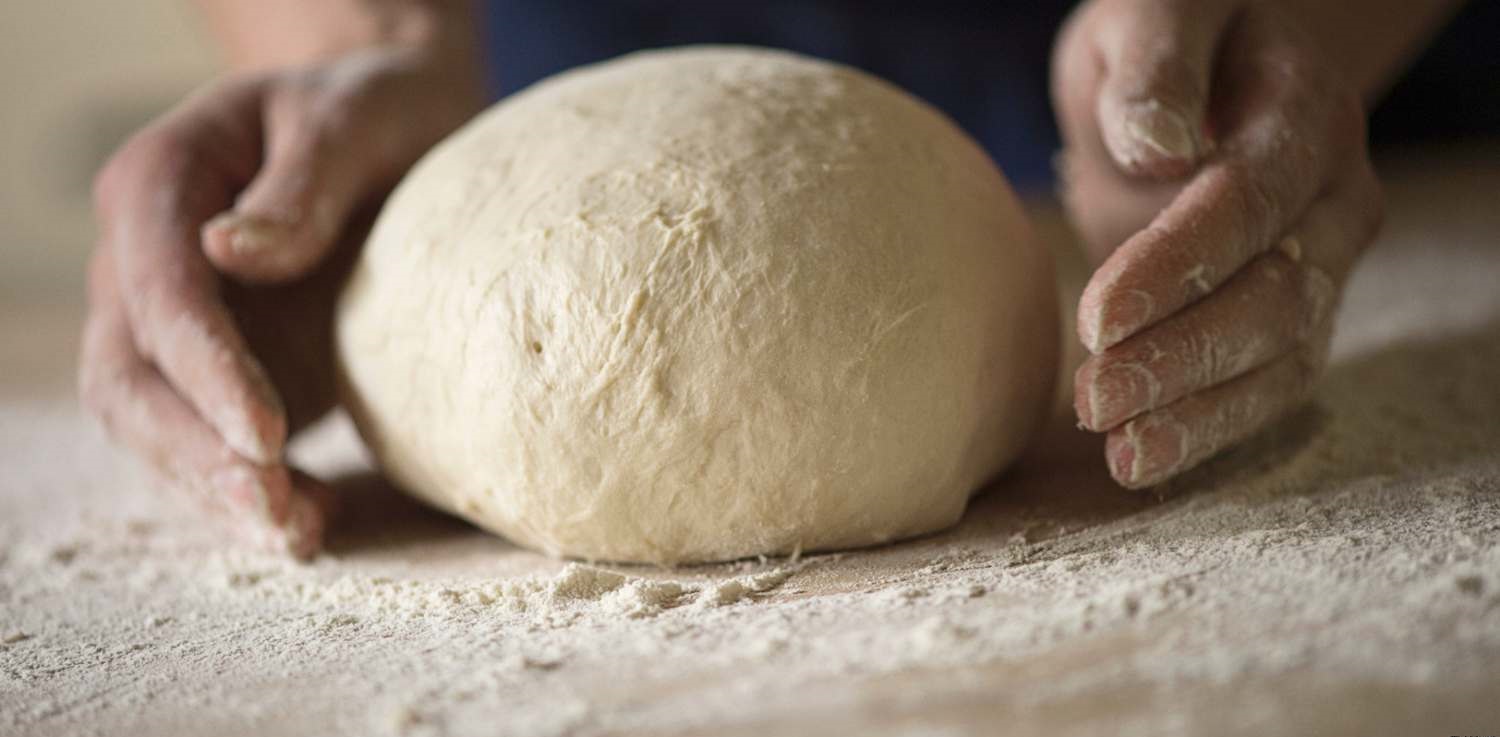Crafting perfect baked goods and confections is an art that demands not only skillful hands but cutting-edge technology as well. In the realm of confectionery and bakery production, an absolutely crucial tool that takes center stage within the industry is an industrial dough mixer.
These devices serve as the very heart of production, undertaking crucial functions to guarantee the desired consistency, uniform mixing, and enhanced production efficiency. But how do they function, and why are they paramount for pastry shops as well as bakeries?
Technical Aspects
Industrial dough mixers stand out as technologically advanced devices meticulously engineered to ensure efficient mixing of dough in bakery and confectionery industries. They boast several key features facilitating impeccable and uniform ingredient mixing.
One notable feature is the array of speed options and operating modes. These devices typically offer multiple options for rotation speeds and mixing modes, allowing for the customization of the kneading process for different dough types. Whether it's gentle mixing for lighter doughs like sponge dough or intense mixing operating at higher speeds for yeast or denser varieties, mixers can effortlessly adapt to the specific requirements.
Another crucial property is the incorporation of special attachments and devices. Dough mixers are equipped with various paddles optimized for specific dough types. For instance, spiral paddles prove effective for heavier yeast dough, while lighter dough may necessitate flat or hook paddles for delicate mixing. These specialized attachments contribute to achieving optimal results when kneading dough with diverse consistencies and compositions.
A variety of different Dough Mixing Machines
Dough mixing machines are available in various configurations, providing utmost flexibility during production:
- Planetary Mixers: Featuring movable rotating blades that mimic the movement of planets around the sun, they excel in kneading various dough types, from light sponge to heavy yeast dough.
- Spiral Mixers: Equipped with a spiral shaft for effective kneading through constant rotation, they are ideal for bread and pasta dough.
- Horizontal Dough Mixers: With vertically located blades for intensive mixing and kneading of dough, they include subtypes such as the roller bar mixers and the Z sigma mixers.
- Roller Bar Mixers: Knead dough using parallel strips or bars inside a horizontal drum.
- Z Sigma Mixers: Equipped with rotating blades shaped like the letter "Z" for intensive mixing.
The advantages of Dough Mixing Machines
Time-Saving: Automated mixing processes reduce the dough preparation time, enhancing production efficiency.
Even Mixing: Machine kneading ensures even distribution of ingredients, preventing lumps or uneven areas within the dough.
Consistency and Quality: Achieves uniform dough consistency, crucial for the final quality of baked goods or confectionery products.
Flexibility: Different mixer types allow for the adaptation of the kneading process to suit various dough types, ensuring optimal results.
In conclusion, dough mixing machines stand as integral components of the confectionery and bakery production process. Their utilization guarantees a high product quality, increased production efficiency, and consumer satisfaction with tasty and delicate products.

















